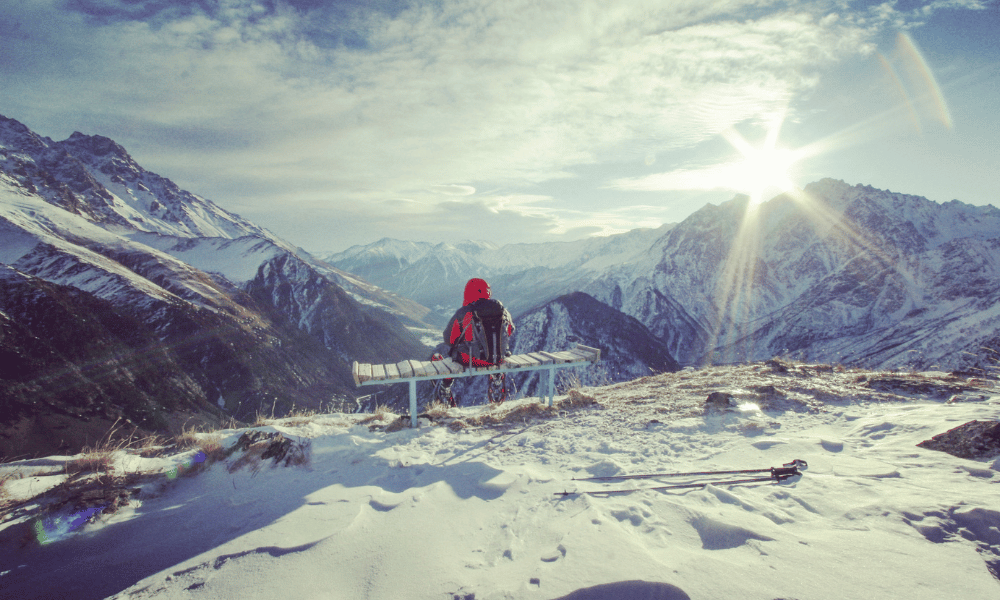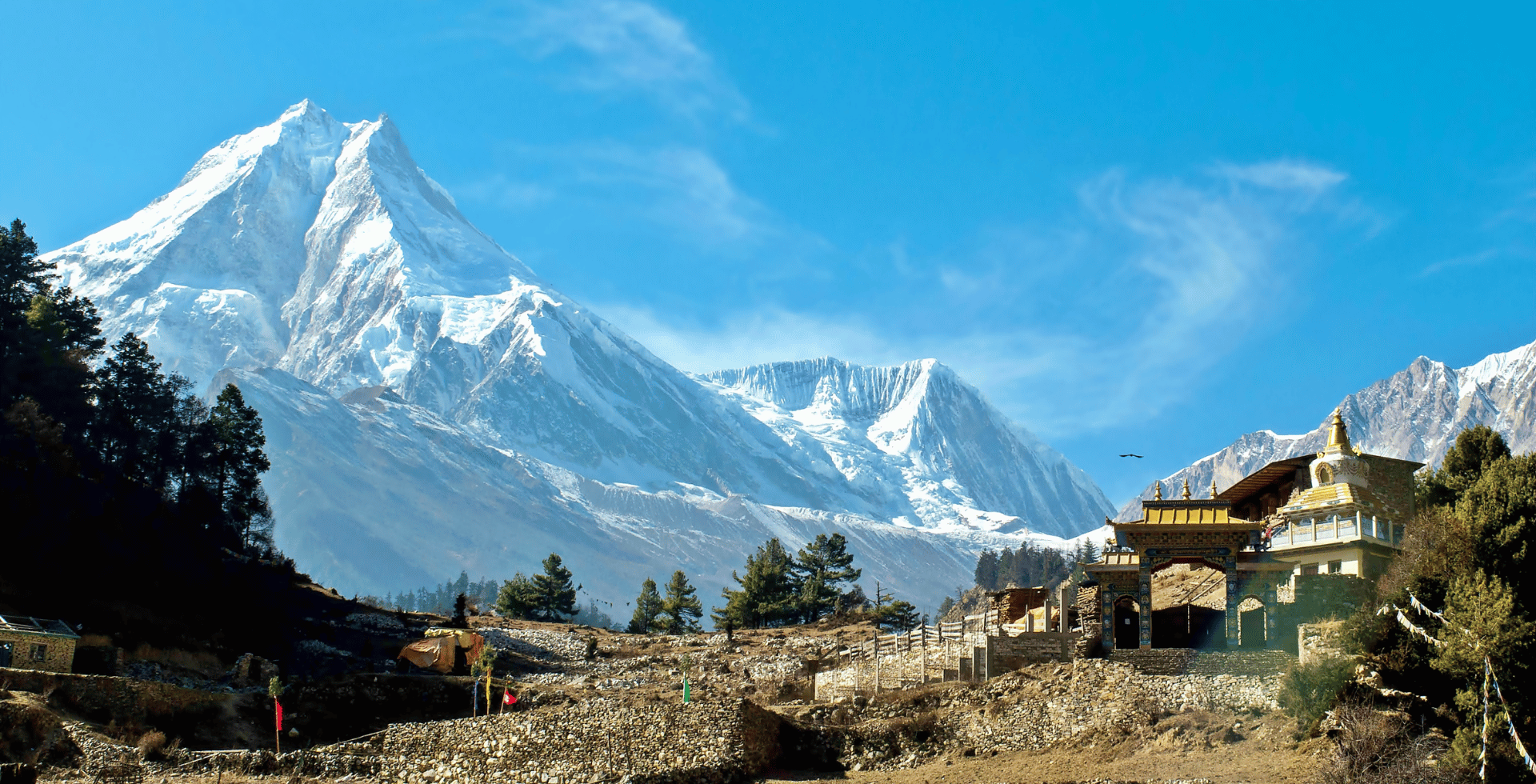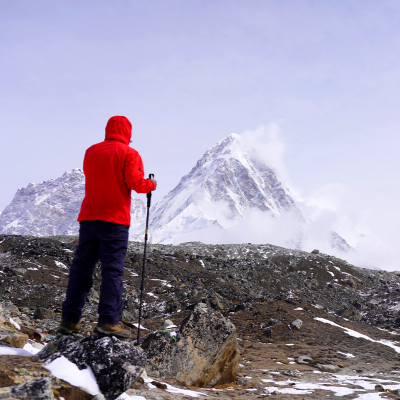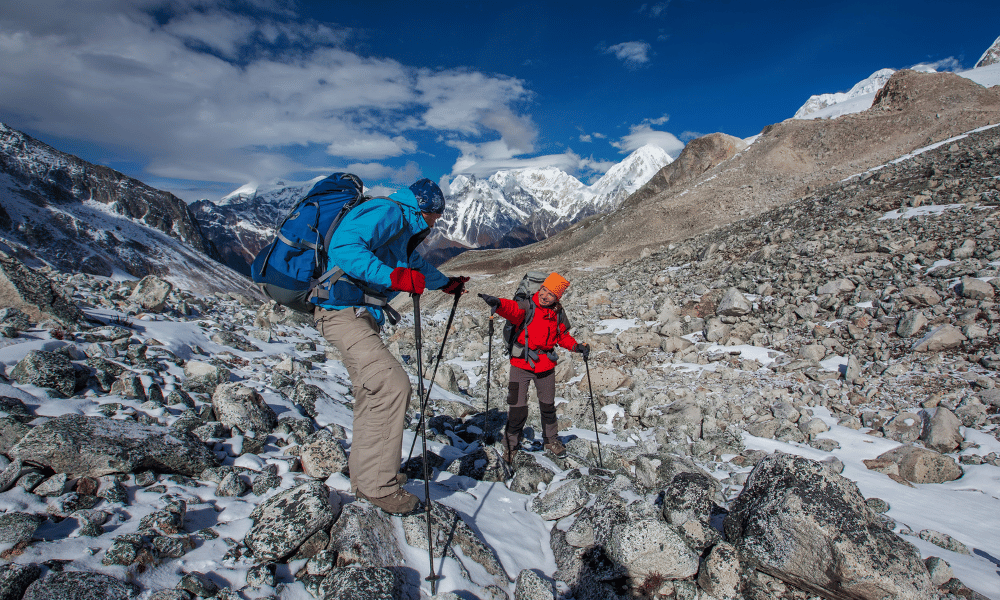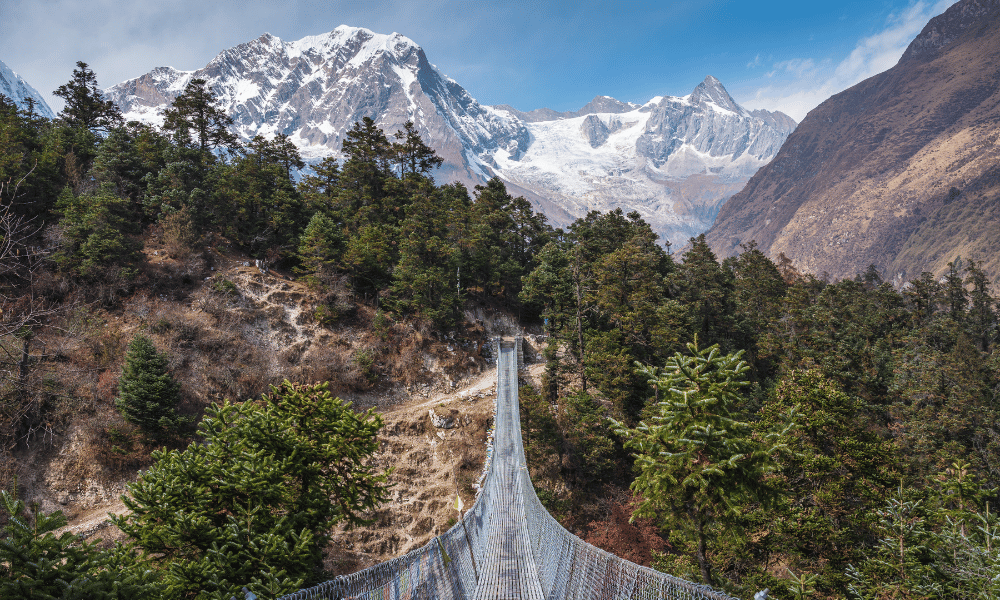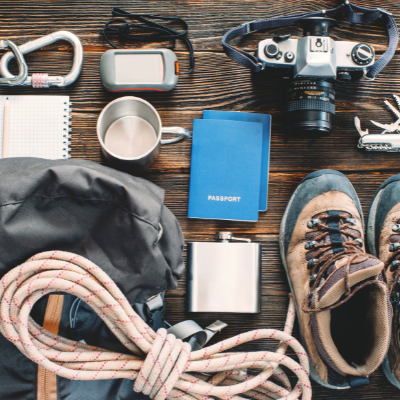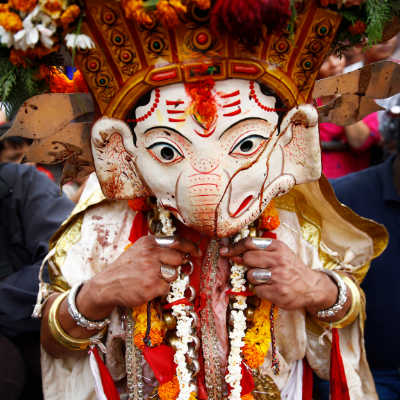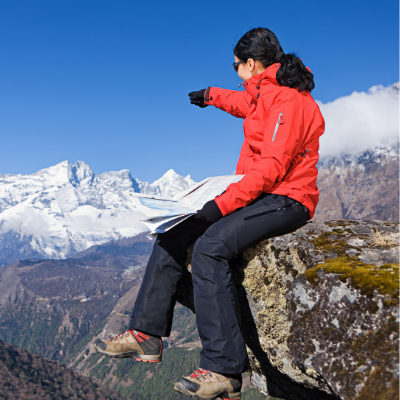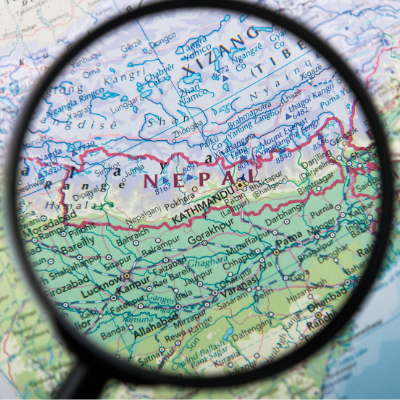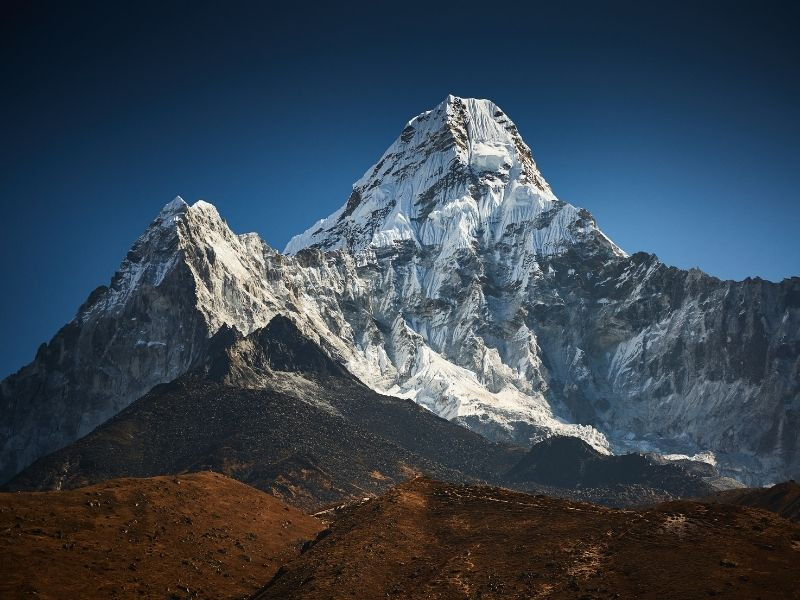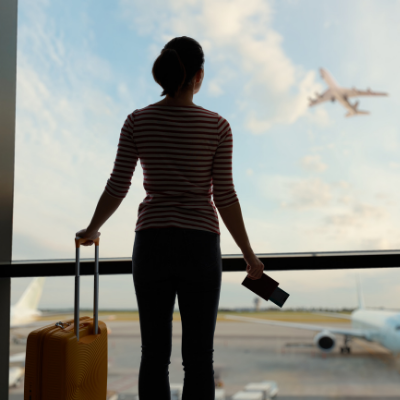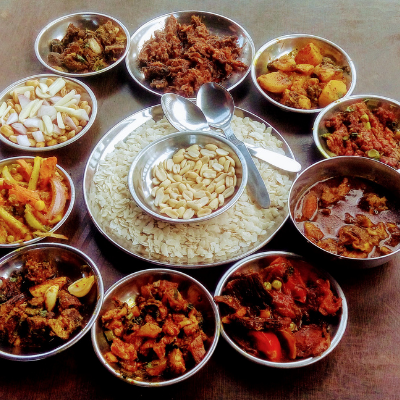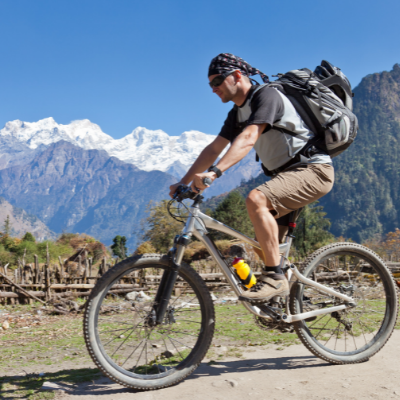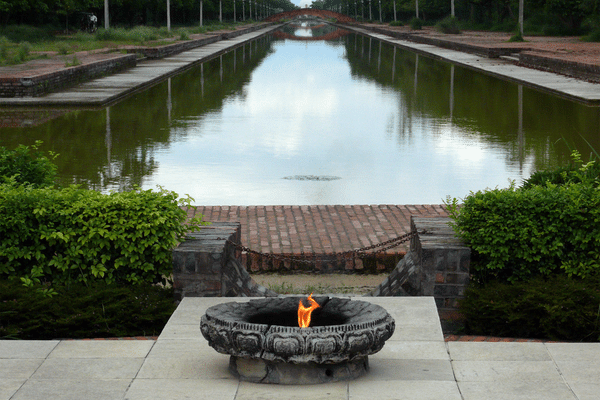The Manaslu Circuit Trek experiences varying conditions throughout the year, with each season offering unique trekking experiences. Spring (March to May) brings pleasant temperatures, stable weather, vibrant flora, and opportunities for wildlife spotting, making it an excellent time for trekking. Summer (June to August) coincides with the monsoon season, resulting in heavy rainfall, muddy trails, and increased risk of landslides, making it less ideal for trekking. Autumn (September to November) offers stable weather, pleasant temperatures, and lush landscapes, making it the most popular trekking season. Winter (December to February) presents challenges such as cold temperatures, snowfall, and limited services, making it suitable for experienced trekkers who are well-prepared for harsh conditions. Each season has its pros and cons, and understanding these variations is essential for planning a successful trek in the Manaslu region.
Spring (March to May)
-
Weather conditions and temperatures: Spring in the Manaslu region is characterized by mild to warm temperatures and clear, sunny days. The average daytime temperature ranges from 10°C to 20°C (50°F to 68°F) at lower elevations and can drop to around 0°C (32°F) at higher altitudes. Nighttime temperatures are colder, particularly at higher elevations. The chance of precipitation is relatively low during this season, contributing to stable weather conditions that are ideal for trekking.
-
Flora and fauna: Spring is a fantastic time for nature enthusiasts, as the region bursts into life with the blooming of various wildflowers, including the vibrant rhododendrons that paint the forests in shades of red, pink, and white. The lush green landscapes and clear skies provide excellent opportunities for photography. The pleasant weather also makes it an ideal time to spot wildlife, such as Himalayan tahr, musk deer, and various bird species.
-
Pros and cons:
Pros:
-
Stable weather conditions with clear skies, offering excellent mountain views.
-
Pleasant temperatures, making the trek comfortable.
-
Blooming flora, creating picturesque landscapes.
-
Good opportunities for wildlife spotting.
-
Cons:
-
Trails can be slightly crowded, as it's a popular trekking season.
-
Accommodations may be busier, making it essential to book in advance.
-
Snow on the trails at higher elevations, particularly during early spring, may make some sections more challenging.
Overall, Spring offers a fantastic trekking experience, with its stable weather conditions, pleasant temperatures, and beautiful flora and fauna, making it an ideal time to embark on the Manaslu Circuit Trek.
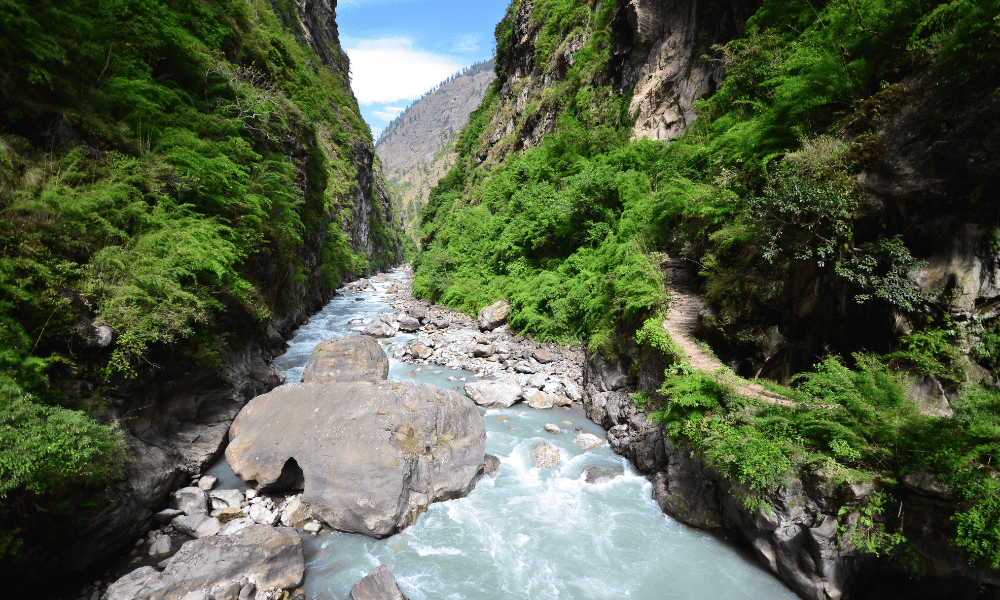
Summer (June to August)
-
Weather conditions and temperatures: Summer in the Manaslu region experiences warmer temperatures, with average daytime temperatures ranging from 15°C to 25°C (59°F to 77°F) at lower elevations and 5°C to 10°C (41°F to 50°F) at higher altitudes. However, the summer months coincide with the monsoon season in Nepal, resulting in heavy rainfall, particularly from late June to early September. The rain can cause increased humidity, cloudy skies, and reduced visibility.
-
Monsoon impact on the trek: The monsoon significantly impacts the trekking experience during the summer months. Heavy rainfall can lead to muddy and slippery trails, increasing the risk of landslides and making the trek more challenging. Moreover, the reduced visibility can obscure the stunning mountain views that are a major highlight of the trek. The rain also raises the water levels in rivers, making some river crossings more difficult.
-
Pros and cons:
Pros:
-
Fewer trekkers on the trails, providing a more peaceful trekking experience.
-
Lush, green landscapes due to the monsoon rains.
-
Lower accommodation prices and better availability.
-
Cons:
-
Heavy rainfall leading to muddy and slippery trails, making the trek more challenging.
-
Increased risk of landslides and flooding.
-
Reduced visibility and obscured mountain views due to cloudy skies.
-
Some teahouses and lodges may be closed during the monsoon season.
While the summer months offer a more secluded trekking experience with lush landscapes, the monsoon rains bring considerable challenges to the Manaslu Circuit Trek. It is recommended only for experienced trekkers who are well-prepared for the difficult conditions and are willing to accept the risks associated with trekking during the monsoon season.
Autumn (September to November)
-
Weather conditions and temperatures: Autumn is an excellent time for trekking in the Manaslu region, with stable weather conditions and cool temperatures. The average daytime temperature ranges from 10°C to 20°C (50°F to 68°F) at lower elevations and 0°C to 10°C (32°F to 50°F) at higher altitudes. Nighttime temperatures can be colder, especially at higher elevations. The skies are generally clear during this season, providing breathtaking views of the surrounding mountain peaks.
-
Peak trekking season: Autumn is considered the peak trekking season in Nepal, including the Manaslu Circuit Trek. The post-monsoon weather brings clear skies and cool temperatures, making it an ideal time for trekking. As a result, the trails can be busier, with more trekkers enjoying the favorable conditions.
-
Pros and cons:
Pros:
-
Stable weather conditions with clear skies, offering exceptional mountain views.
-
Pleasant temperatures, making the trek comfortable.
-
Lush landscapes after the monsoon rains, providing excellent photo opportunities.
-
Well-maintained trails, making for easier navigation.
-
Cons:
-
Trails can be crowded, as it's a popular trekking season.
-
Accommodations may be busier, so booking in advance is recommended.
-
Increased demand may lead to higher prices for accommodations and services.
Autumn provides an outstanding trekking experience in the Manaslu region, with its stable weather, pleasant temperatures, and lush landscapes. However, the popularity of the season means that the trails can be busier, and accommodations may fill up quickly. Despite these challenges, Autumn remains one of the best times to embark on the Manaslu Circuit Trek.
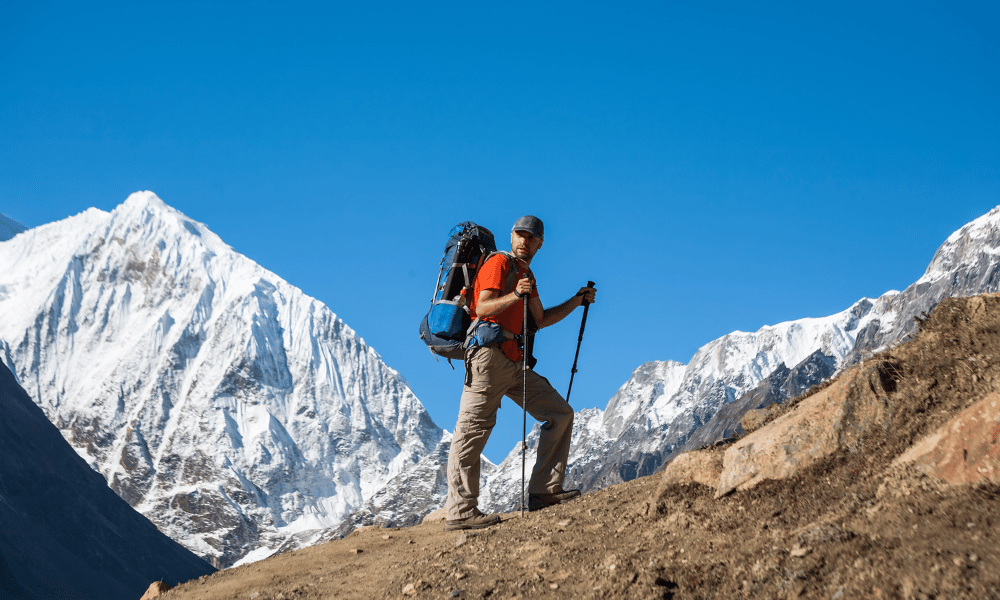
Winter (December to February)
-
Weather conditions and temperatures: Winter in the Manaslu region brings cold temperatures and occasional snowfall. The average daytime temperature at lower elevations ranges from 0°C to 10°C (32°F to 50°F), while at higher altitudes, it can drop to -10°C to -20°C (14°F to -4°F). Nighttime temperatures can be significantly colder, especially at higher elevations. Clear skies are common during winter, offering stunning mountain views. However, snowfall can occur, especially in January and February, which may impact the trekking experience.
-
Snowfall and trail accessibility: Snowfall during winter can affect the accessibility of the trails and make them more challenging. Higher elevations and mountain passes, such as Larkya La Pass, can become snow-covered, making the trek more demanding and increasing the risk of avalanches. Some trails may become impassable due to snow, and some teahouses or lodges may be closed during the winter months.
-
Pros and cons:
Pros:
-
Fewer trekkers on the trails, providing a more peaceful trekking experience.
-
Clear skies and stunning mountain views.
-
Lower accommodation prices and better availability.
-
Cons:
-
Cold temperatures, especially at higher elevations, which can be challenging for some trekkers.
-
Snow-covered trails and increased risk of avalanches, making the trek more demanding.
-
Limited services and facilities, as some teahouses and lodges may be closed during the winter season.
-
The need for additional gear and preparation to cope with the cold and snow.
Winter presents a unique trekking experience in the Manaslu region, with clear skies, stunning mountain views, and fewer trekkers on the trails. However, the cold temperatures, snowfall, and limited services can make the trek more challenging. The Manaslu Circuit Trek during winter is recommended for experienced trekkers who are well-prepared for the harsh conditions and willing to accept the risks associated with trekking during the colder months.
